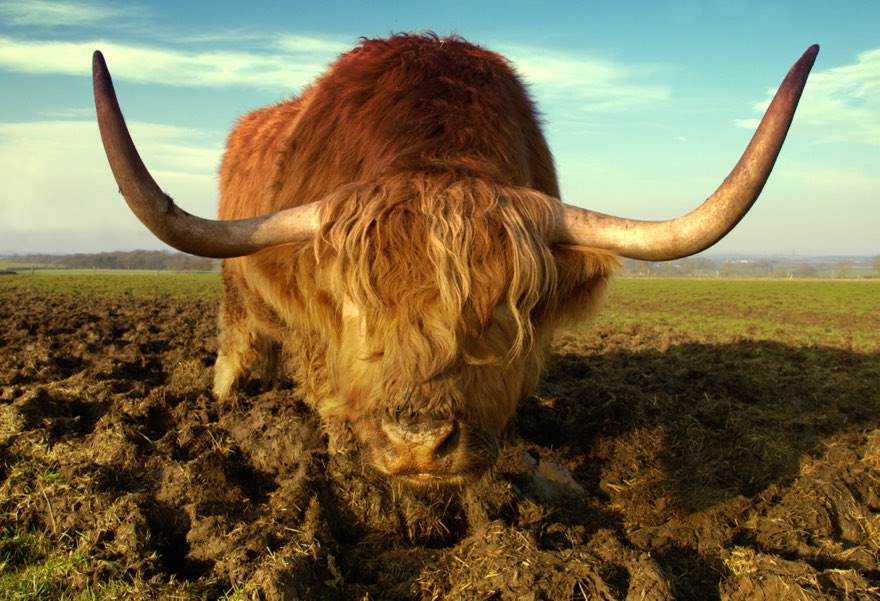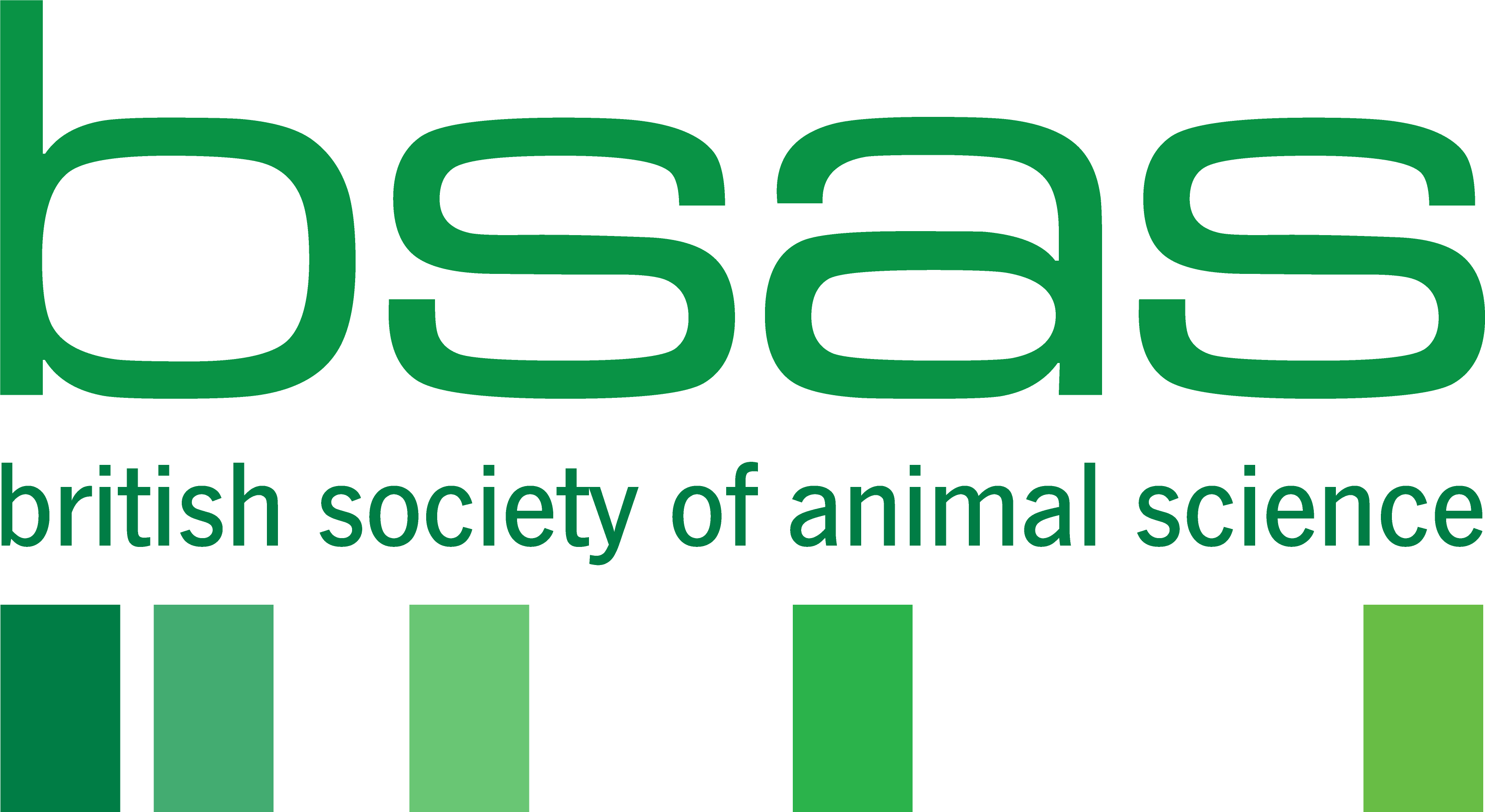Animal welfare of grazing ruminants and its relationship with sustainability

- From a family of animal journals to a family of organizations
- Tianhai Yan Awarded the 2024 Sir John Hammond Award for Outstanding Contributions in Animal Science
- Prof. David Kenny Appointed as President of the British Society of Animal Science Marking a Milestone for Ireland
- The winds of change are blowing at animal – open spac
- View All
Animal welfare of grazing ruminants and its relationship with sustainability
Livestock farming, especially ruminants like sheep and cattle, plays a crucial role in rural landscapes by providing essential services such as nutrition, soil health, biodiversity management, and support for local communities. However, this industry has become a topic of societal debate due to concerns about animal welfare, the impact of consuming animal products on human health, and the environmental footprint of livestock production. Achieving sustainability in this complex landscape requires careful consideration of economic, environmental, and social factors, along with the inherent trade-offs. Therefore, exploring the intricate relationship between animal welfare, including the Nutritional, Environmental, and Health Domain (NEHD) and the Behavioural and Mental State Domain (BMSD), and the economic, societal, and environmental pillars of sustainability within grazing ruminant systems is necessary.
Grazing, which aligns with the natural behaviour of ruminants, is considered more welfare-friendly. However, disparities arise due to management practices and environmental conditions, prompting a need for equilibrium between NEHD and BMSD. While grazing emerges as a competitive and sustainable system for dairy cows, challenges persist, including seasonal variations, genetic considerations, and the fulfilment of natural feeding behaviours. The impact of grazing on cow welfare, particularly in terms of BMSD, remains a relatively unexplored aspect, warranting further research and attention. The delicate interplay between NEHD and BMSD in grazing systems highlights the nuanced challenges faced by livestock farmers. Grazing allows animals to express natural behaviours and provides space for exercise, yet concerns linger about disease detection, nutritional adequacy, and exposure to unpredictable weather. This intricate relationship underscores the interconnected dimensions of animal welfare, economic viability, societal demands, and environmental impacts.
High animal welfare is identified as a linchpin for livestock farming success, influencing productivity and overall economic performance. While enhancing welfare may incur increased production costs, opportunities for win-win scenarios exist, such as extending the grazing season, positively impacting both economic returns and BMSD welfare. Initiatives like 'Milk from Happy Cows' and 'Pasture for Life' exemplify the synergies between economic returns, animal welfare, and successful marketing strategies. Beyond dairy, synergies between animal welfare and farm productivity also extend to meat production in pasture-based systems. These systems are marketed as 'natural' and 'quality', which align with consumer preferences. However, interventions aimed at boosting productivity may pose challenges to animal welfare. Therefore, it is important to carefully consider and maintain a delicate balance that ensures both profitability and ethical standards, especially in larger operations.
The ability of animals to optimise their nutrient efficiency through self-selection of diets represents a synergy, since potential environmental benefits can arise. However, pasture alone may not meet performance expectations. This necessitates using supplementation to fulfil genetic potential, which can impact emissions intensity.
Synergies between animal welfare and the environment are particularly evident in silvopastoral systems. Integrating livestock and trees in these systems enhances animal welfare, biodiversity, and microclimatic conditions. This showcases positive behaviours and reduces stress. The broader environmental benefits associated with nutrient distribution and soil health further emphasize the importance of holistic approaches in sustainable grazing ruminant systems.
When it comes to addressing societal needs, the focus shifts to delivering accessible, high-quality nutrition through grazed pastures. Products from these systems have an enriched nutritional profile, offering beneficial fats and fat-soluble vitamins. However, challenges such as reduced iodine concentration in pasture-based organic milk highlight the need for a delicate balance between meeting nutritional quality and societal demands.
Production methods, especially in pasture-based systems, face scrutiny in the context of marketing strategies targeting discerning consumers. While these strategies may allow for premium pricing, the discussion emphasizes the need for societal considerations to ensure that high-quality nutrition remains accessible to all. Grazing livestock not only meets nutritional needs but also fulfils additional societal requirements related to rural access, countryside stewardship, and supporting rural communities.
Viewing animal welfare as a system involving animals, caretakers, oversight bodies, stakeholders, and citizens highlights the complexity faced by the entire supply chain and society when it comes to agreeing on standards in this socially and ecologically interdependent system. Achieving sustainable livestock farming requires a holistic understanding and thoughtful integration of economic, societal, and environmental considerations.
By Jordana Rivero, Rothamsted University and Trustee of British Society of Animal Science
